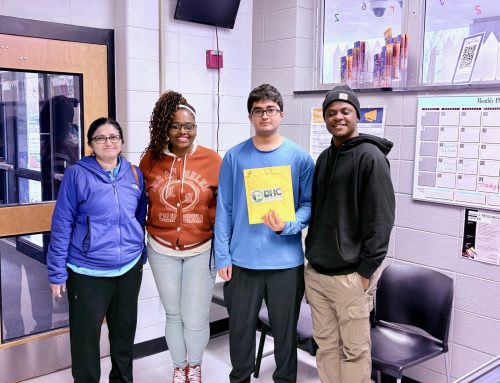The CDC defines bullying as any unwanted aggressive behavior(s) by another youth or group of youths, who are not siblings or current dating partners, involving an observed or perceived power imbalance. These behaviors are repeated multiple times or are highly likely to be repeated. Bullying may inflict harm or distress on the targeted youth including physical, psychological, social, or educational harm. A young person can be a perpetrator, a victim, or both (also known as a “bully/victim”).
Bullying can occur in-person and through technology. Electronic aggression, or “cyberbullying,” is bullying that happens through technological devices and mechanisms such as email, instant message, a website, text message, social media, and other digital applications.2
How can bullying be prevented?
School-based bullying prevention programs are widely implemented but not always evaluated. While emerging research indicates that zero-tolerance policies do not effectively prevent bullying, it also provides suggestions for school-based program elements that are promising, such as:
- Multi-tiered systems of support, which includes universal programs or activities for all youth within the community or school; selective interventions for groups of youth at risk for being involved in bullying; and preventive interventions tailored for students already involved in bullying.
- Multicomponent programs that address multiple aspects of bullying behavior and the environments that support it. Examples include examining school rules and using behavior management techniques and social emotional learning in the classroom and throughout the school to detect and provide consequences for bullying.
- School-wide prevention activities that include improving the school climate, strengthening supervision of students, and having a school-wide anti-bullying policy.
- Involving families and communities by helping caregivers learn how to talk about bullying and get involved with school-based prevention efforts.
- Developing long-term school-wide approaches that strengthen youth’s social-emotional, communication, and problem-solving skills.
- Focusing on program fidelity by forming an implementation team to make sure the programs are carried out exactly as they were designed.
To learn more, visit www.stopbullying.gov.




